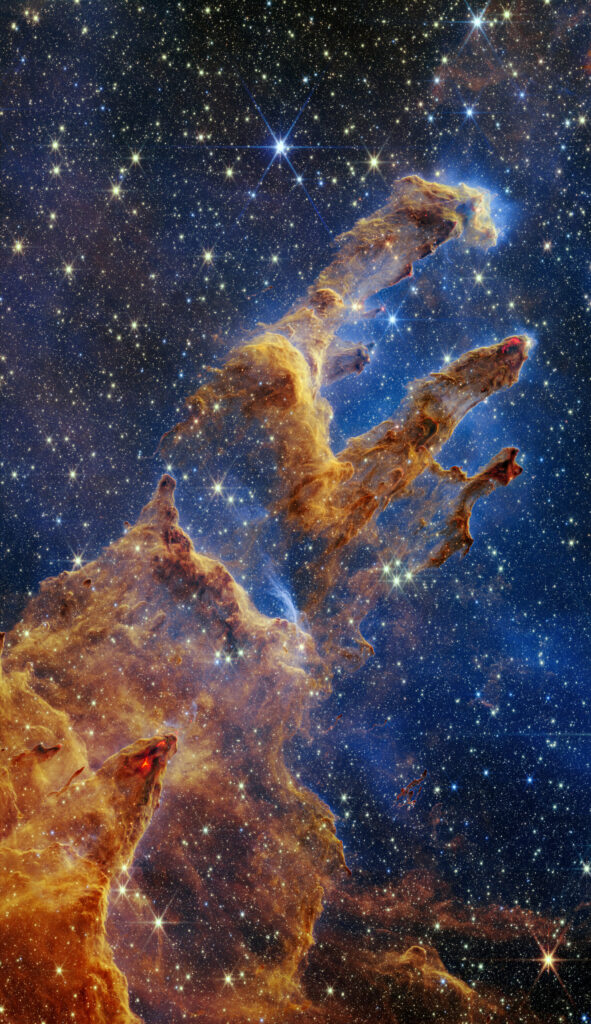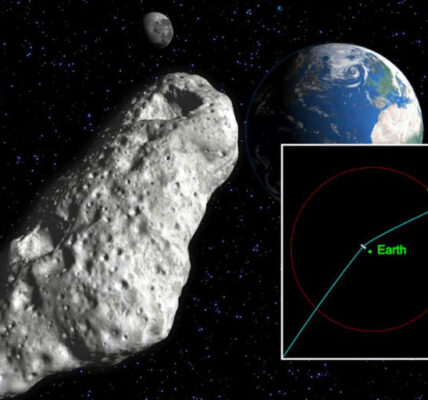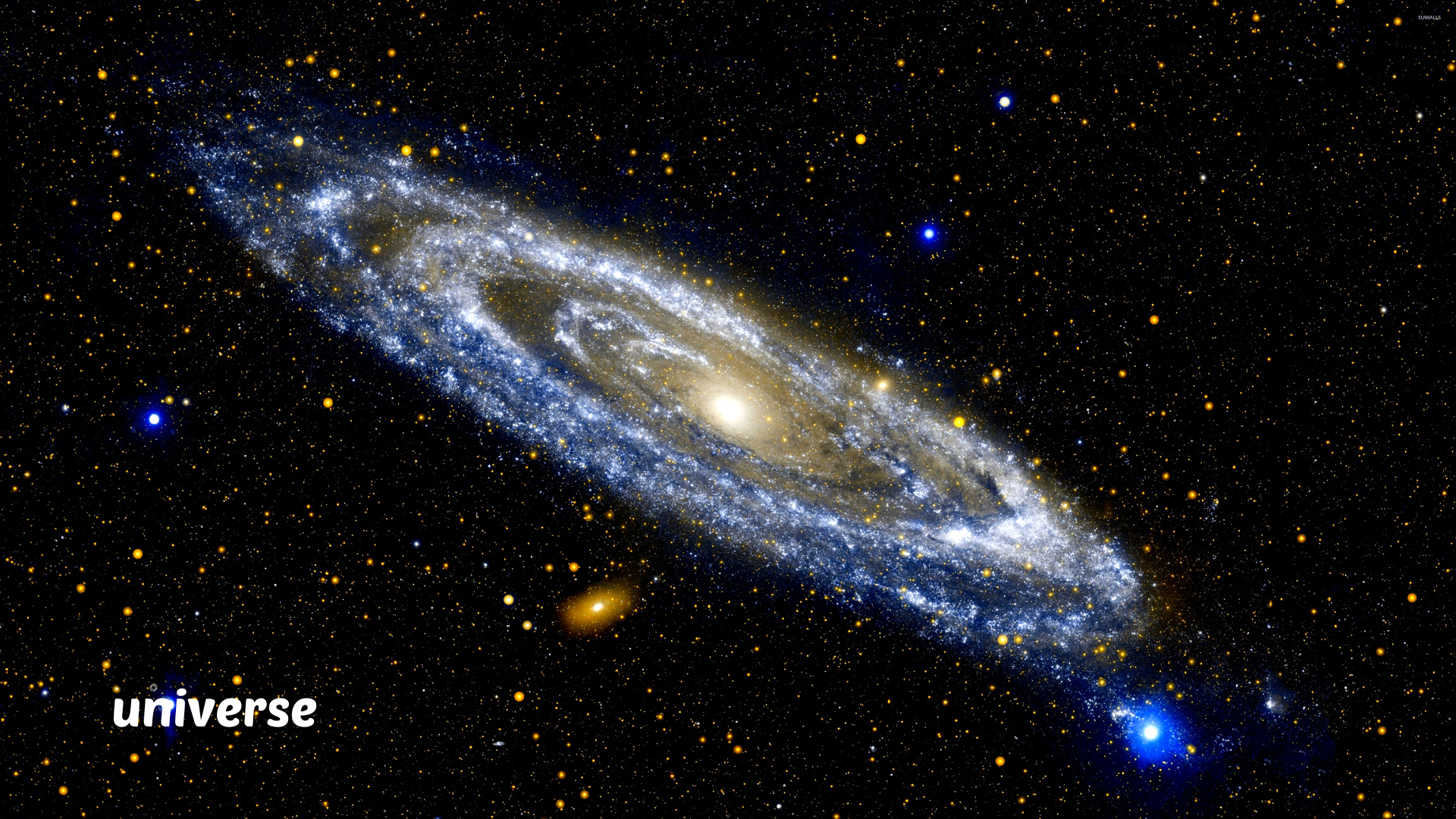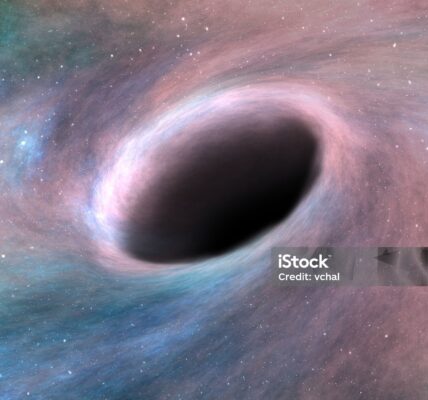Radio Tails in Abell 2255 reveal mysterious filaments over 200,000 light-years long, captured by LOFAR in unprecedented detail, offering insights into galaxy clusters and supermassive black holes.

Radio Tails in Abell 2255: A New Cosmic Mystery
The galaxy cluster Abell 2255 is giving astronomers a lot to think about, especially when it comes to the newly discovered radio tails in Abell 2255. These tails are massive cosmic structures, some more than 200,000 light-years long, and they were recently captured in stunning detail thanks to advanced radio telescope technology. What’s particularly exciting is how these structures may help scientists better understand not just radio galaxies, but the hot, invisible gas between them.
What Is Abell 2255?
To understand the discovery of the radio tails in Abell 2255, it helps to know a bit about this galaxy cluster. Abell 2255 is a massive group of galaxies located about 800 million light-years from Earth. Many of these galaxies are in the process of merging, which creates lots of cosmic activity.
What makes some of these galaxies stand out is that they are radio galaxies. These are galaxies with supermassive black holes at their centers that shoot out powerful jets of energy, moving at speeds close to that of light. The result is radio waves that can be picked up by special telescopes on Earth.
Uncovering the Radio Tails in Abell 2255
Using a special technique called Very Long Baseline Interferometry (VLBI), scientists gathered 56 hours of radio data at 144 MHz frequency. This allowed them to create the deepest and sharpest images of the cluster to date, with a resolution down to 0.3 arcseconds.
Why the Radio Tails in Abell 2255 Matter
The discovery of the radio tails in Abell 2255 is more than just a beautiful space image—it’s a window into how galaxies evolve and interact. These tails may help astronomers learn more about:
-
How radio galaxies form and change over time
-
How black hole jets affect surrounding space
-
How magnetic fields behave in galaxy clusters
-
How particles get accelerated in space
According to Marco Bond, a researcher involved in the project, these observations are opening up new ways to explore the hidden forces at play in galaxy clusters.
The Work Behind the Discovery
Finding the radio tails in Abell 2255 wasn’t easy. The team spent months calibrating and processing the radio telescope data. After calibration, that number grew to around 20 terabytes per session—adding up to roughly 140 terabytes overall.
Emanuele De Rubeis, another researcher from the University of Bologna, explained that just processing a single night’s data and creating images from it could take up to a month. The scientists had to fine-tune their techniques through trial and error to get the level of clarity needed to spot the fine structures in the tails.
Looking Ahead: What’s Next for Abell 2255
With newer telescopes and better data processing methods, astronomers hope to uncover even more hidden features in galaxy clusters. The current research is part of a larger push tied to the Square Kilometre Array (SKA) project, which will be the world’s largest radio telescope when completed.
Discoveries like these could eventually help us understand the building blocks of the universe, the role of supermassive black holes, and the unseen forces that shape galaxies over billions of years.
Final Thoughts
The radio tails in Abell 2255 offer a fascinating glimpse into the chaotic, dynamic world of galaxy clusters. These giant cosmic filaments, formed by black hole activity and stirred by galactic turbulence, are unlike anything previously observed at such a level of detail. Thanks to the LOFAR telescope and the hard work of international researchers, we’re now a step closer to understanding some of the universe’s most powerful and mysterious phenomena.
Related:
Mysterious Signals from Pulsating Star: 5 Stunning Revelations




